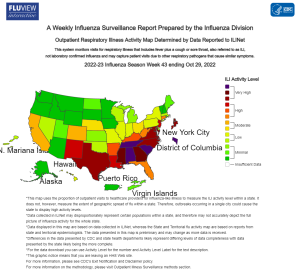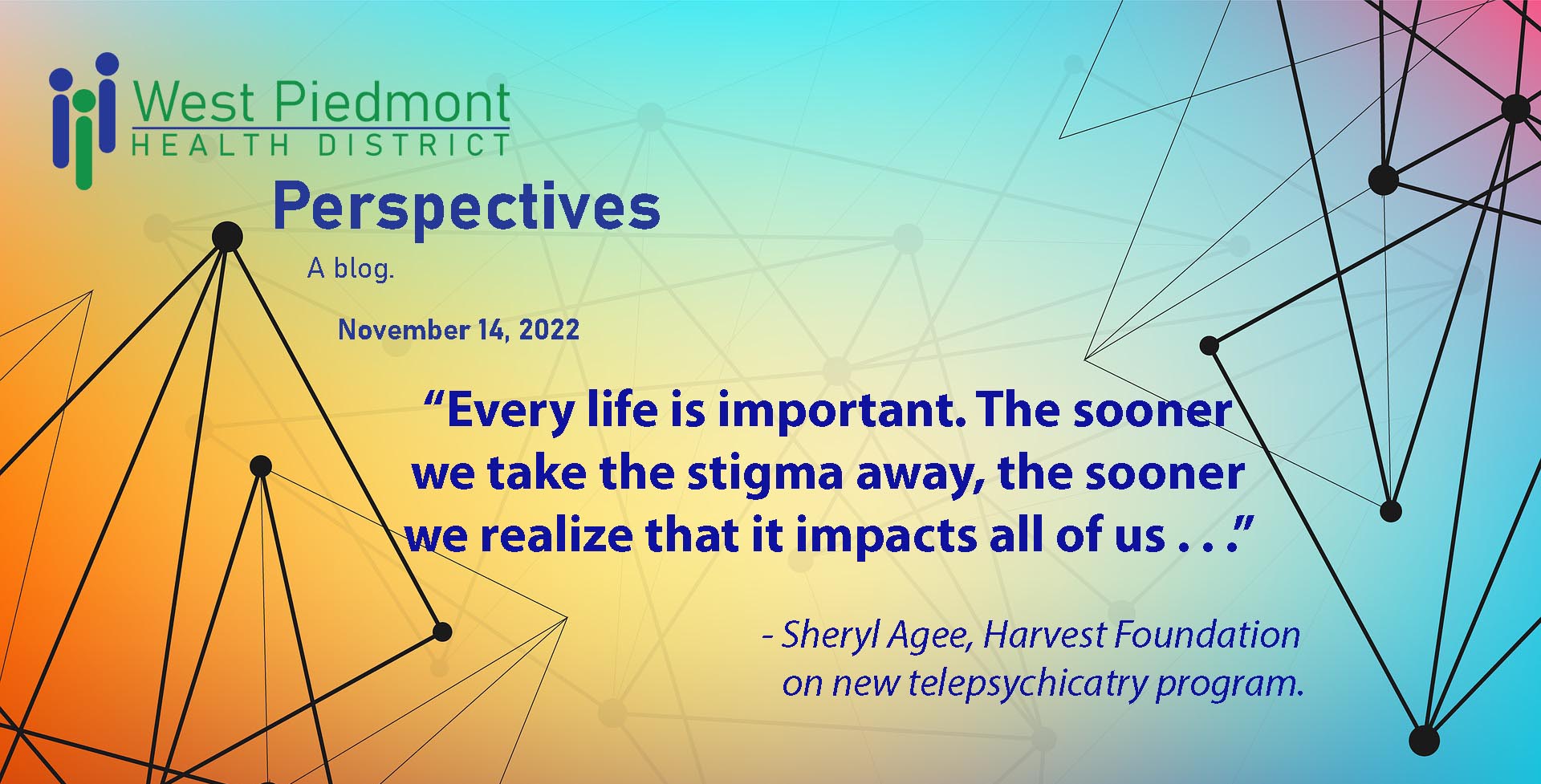
Focus on Facts
-Telepsychiatry is available locally thanks to a grant from the Harvest Foundation to the Martinsville-Henry County Coalition for Health and Wellness. The program is in response to the growing need for access to psychiatric care, thanks in part to the effects of the COVID-19 pandemic. This is "especially important as we, unfortunately, live in a culture where often a negative stigma is attached to mental health symptoms and services..." according to a Harvest Foundation official. Cardinal News 11/11/22
-More than 5.6 million COVID vaccine and booster shots were administered in the past week, the highest seven-day total in the U.S. since January.

This Thursday, November 17, is the Great American Smokeout. Consider:
- Current smoking has declined from 20.9% (nearly 21 of every 100 adults) in 2005 to 12.5% (nearly 13 of every 100 adults) in 2020. (Compare to 45% at the 1954 peak.) (CDC)
- 74% favored “requiring tobacco companies to lower nicotine levels in cigarettes to make them less addictive.” (Gallup)
- ~42% percent favor banning menthol-flavored cigarettes.
- Paxlovid, the antiviral pill that reduces the risk of hospitalization and death from COVID-19, also reduces the risk of long COVID, according to a new study by researchers at the US Department of Veterans Affairs. The study analyzed electronic records for more than 56,000 veterans with COVID-19, including more than 9,000 who were treated with Paxlovid within the first five days of their infection.
The analysis showed people treated with Paxlovid had a 26% reduced risk of developing several long COVID conditions, including heart disease, blood disorders, fatigue, liver disease, kidney disease, muscle pain, neurocognitive impairment and shortness of breath. CNN 11/6/22
News You Can Use
For the best protection by Thanksgiving, get your flu and COVID vaccinations NOW!
It takes about two weeks for the vaccines and boosters to be fully effective, so if you plan to gather with friends and family during the holidays, it is best to get your shots as soon as possible.
Flu severity changes from year to year, but flu season always brings serious consequences. Flu outbreaks were limited in the 2020–2022 seasons due to widespread use of COVID-19 prevention measures like masks and social distancing. But flu viruses never went completely away. As COVID-19 prevention measures were relaxed, flu viruses and flu-related complications like pneumonia and heart attacks resurfaced. Flu outbreaks are unpredictable.
Virginia is rated as one of the states with very high levels of flu-like illnesses. Click the map to go to the CDC's FLUVIEW map, which is updated weekly.
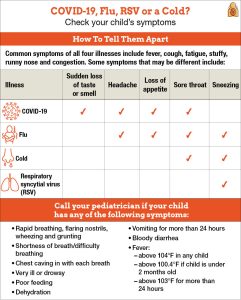 Flu vaccination is the best way to prevent flu and its complications. Everyone age 6 months and older is recommended to get a yearly flu vaccine. This can markedly lower the risk of influenza-related illness, hospitalization, and death. And because flu and COVID-19 share many symptoms, preventing flu means fewer people will need to seek medical care and testing for flu and COVID-19, saving time, money, and stress. Flu vaccine may be given at the same time as COVID-19 vaccine.
Flu vaccination is the best way to prevent flu and its complications. Everyone age 6 months and older is recommended to get a yearly flu vaccine. This can markedly lower the risk of influenza-related illness, hospitalization, and death. And because flu and COVID-19 share many symptoms, preventing flu means fewer people will need to seek medical care and testing for flu and COVID-19, saving time, money, and stress. Flu vaccine may be given at the same time as COVID-19 vaccine.
Since flu, colds, COVID-19 and RSV share common symptoms such as fever; cough; fatigue; stuffy, runny nose; and congestion, this chart can help distinguish between the illnesses.
Besides vaccination, washing your hands, keeping the air fresh and circulating, and masking can help keep you healthy! -- Sources: CDC, Immunize.org
Equity Tip
Create an equitable classroom environment - equity versus equality
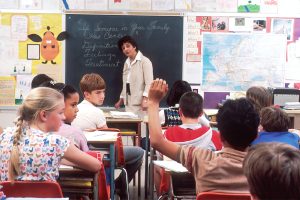 Equity and equality in the classroom aren’t the same thing. Equality means every student gets the same resources and support, which sounds good in theory but doesn’t always work in practice. Imagine handing out a math assignment to students. Every student has their assignment, plus a calculator, pencil and paper. Equal, right?
Equity and equality in the classroom aren’t the same thing. Equality means every student gets the same resources and support, which sounds good in theory but doesn’t always work in practice. Imagine handing out a math assignment to students. Every student has their assignment, plus a calculator, pencil and paper. Equal, right?
But it’s not equitable.
To make the assignment equitable, teachers have to understand their students and provide targeted support. This could include helping ESL students understand instructions in an unfamiliar language, providing text-to-speech technology for visually impaired students or giving students with ADHD a quiet space to complete the assignment.
When you provide these supports for your students, you’re making sure physical ability, language skills and other needs don’t negatively impact their ability to do well. Equity often depends on a school’s culture and leadership, but there are always ways to promote it at a classroom level. Small classroom changes can have a big impact on teacher’s and their students. Equity isn’t just a one-time action, it’s an ongoing process that should be baked into the classroom expectations and procedures.
Equity in the classroom means making sure every student has the resources and support they need to be successful.
Learn more with the Hanover Research which highlights everyday ways teachers can promote equity in the classroom.
~Pamela Chitwood, Population Health Community Coordinator, Pamela.chitwood@vdh.virginia.gov 540-484-0292 ext. 223
The Epi-Center
Epidemiology is the science at center of public health.
Return of the mask? What experts say about having kids mask up again amid rising RSV, flu cases.
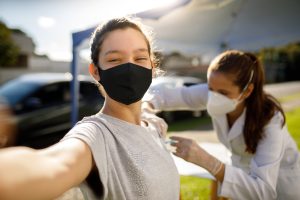
For the past few years, COVID-19 has been a major concern heading into winter. But now, there's a so-called tripledemic of illnesses circulating — and cases are piling up.
Currently in the U.S., cases of the flu are starting to soar, with 9% of tests for viruses coming back positive for influenza, per data from the Centers for Disease Control and Prevention (CDC). The CDC also notes that 4.3% of visits to healthcare professionals right now are for a respiratory illness which is "above baseline."
At the same time, COVID-19 cases are ticking up again, per CDC data. That's not all, though. Cases of respiratory syncytial virus (RSV) are skyrocketing. A jaw-dropping 18.2% of tests for RSV have recently come back positive, according to the CDC, with a graph that tracks nationwide cases showing a near-vertical climb in the past few weeks.
Reports are trickling in of schools closing due to outbreaks of the flu, RSV and COVID, signaling that respiratory viruses are poised to bring some chaos this season. With all of that, it's understandable to have questions about whether you should put your child in a mask again to protect them against respiratory illness.
Dr. Betty Choi, a pediatrician, children’s book author and mother of two children in central California, tells Yahoo Life that she's having her 6- and 9-year-old kids mask up again after previously allowing them to go mask-free during small gatherings.
"Mask-wearing is a normal and simple public health strategy in many countries, well before the COVID-19 pandemic."
COVID-19 Data
Cases
Over the past 13 weeks by date of illness
Deaths
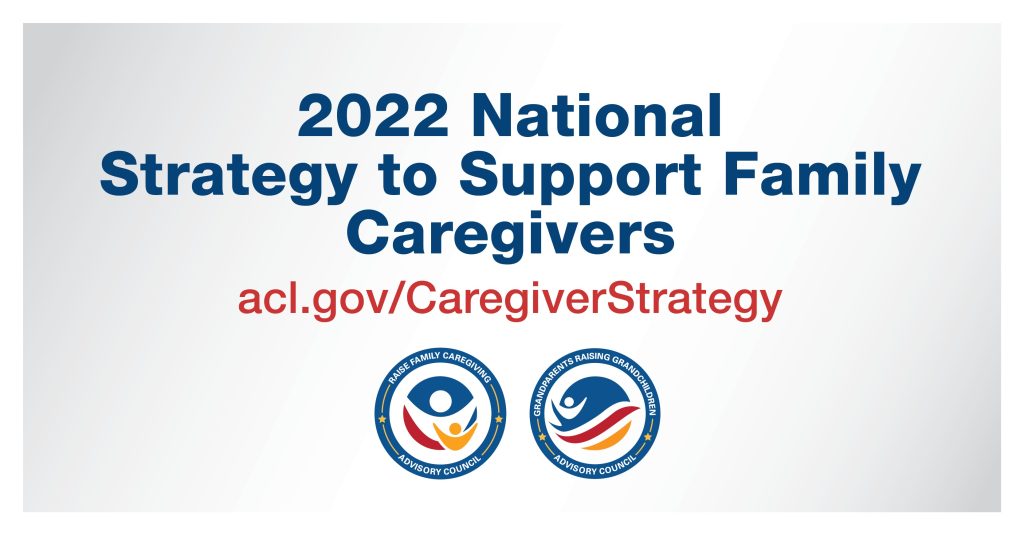
The National Strategy to Support Family Caregivers offers ~150 practical steps states/communities/the private sector can take to build a system that ensures family caregivers have what they need to maintain their health, well-being, & financial security. Caregiver Strategy
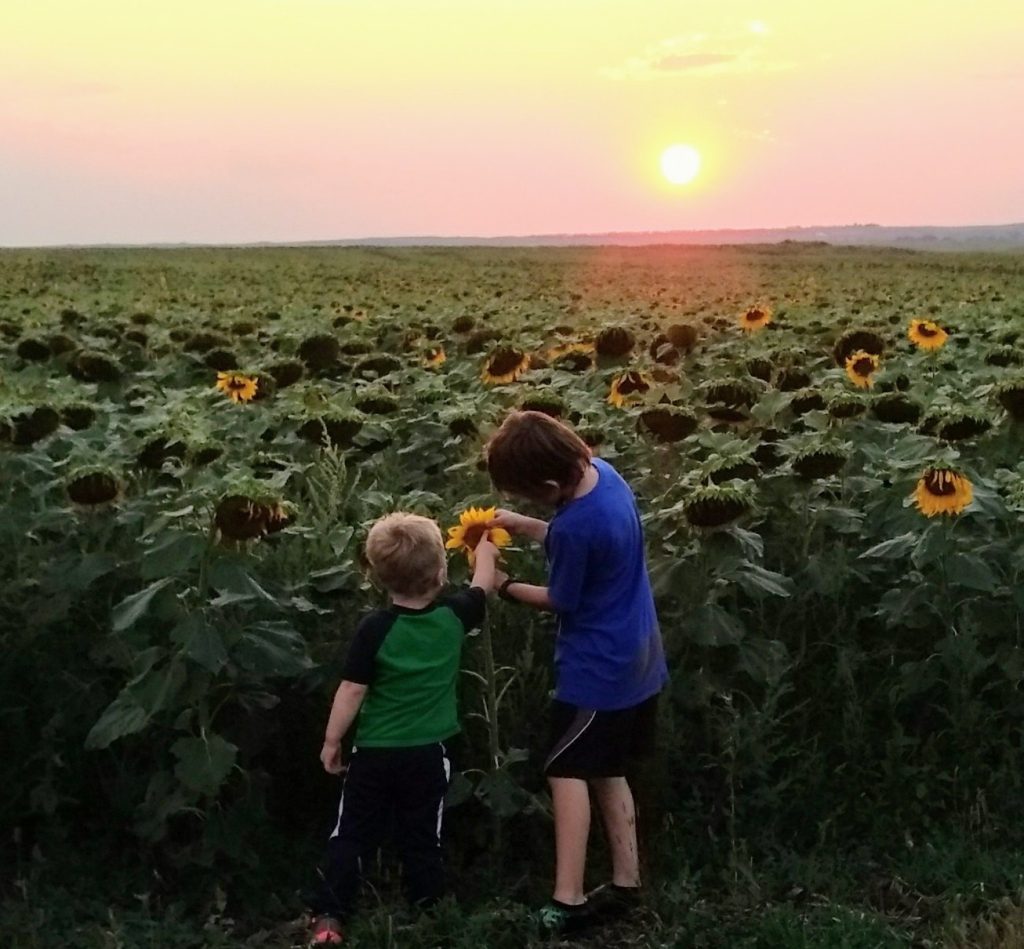
National Rural Health Day (NRHD) is an opportunity to “Celebrate the Power of Rural” by honoring the selfless, community-minded spirit that prevails in rural America. About National Rural Health Day

